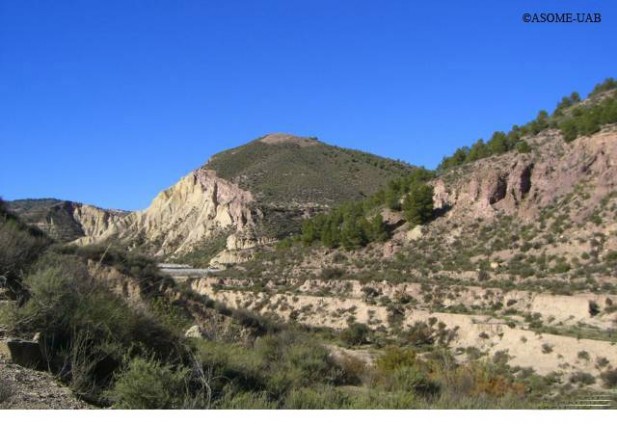
© ASOME - UAB. Proyecto La Bastida
Spanish archeologists have announced the discovery of continental Europe's biggest Bronze Age settlement that dates back 4,200 years and represents the pinnacle of architecture and engineering for that time.
The site, known as
La Bastida, was protected by 20-foot high walls and towers designed to keep its upper class residents protected and in power. The design of these structures suggests that those who built it were from Asia Minor and the Middle East.
One of the key clues to uncovering the story of La Bastida is the ogival arched postern gate, or secondary door, near the main entrance. The arch is the first one to be found in Europe from this time period, and its roots can be traced to Troy, in modern day Turkey, and urban locations in Palestine, Israel and Jordan. The construction techniques found at La Bastida would not show up in Europe until 400 to 800 years later when
Mycenaeans, or city-states residents in Southern Europe, incorporated them into their military architecture.
The structure shows people from the Middle East had a hand in the construction of the fortification. The Spanish archeologists theorized the people who lived in La Bastida moved there after a mysterious crisis devastated the region 4,300 years ago. The archeological record shows the people living in Jordan and Israel at the time abandoned the safety and security of settlements for pastoral life.
The fortification of La Bastida is impressive because of its size, but the fortifications also point to the builder's origins. The expertise demonstrated in architecture and engineering is extremely innovative for the time and suggests the knowledge of more advanced military tactics seen in Eastern warfare at the time.
The towers and exterior walls would be extremely effective for a defending force, with an incline of over 40%. The mortar used provided an unusually strong material for construction by tightly binding stones together and making the wall impermeable. The builders also made the exterior surfaces very smooth so that attackers would be unable to scale them easily. In addition, the postern gate structure demanded extensive planning and design to fit it perfectly into the wall.
Although the fortification was the most significant discovery at La Bastida, it was not the only one. Over the span of the last three years, researchers unearthed several large domiciles measuring over 230 square feet and distributed throughout the city's 13,000 square feet. Another measure of the city's size and affluence is the large public pool and dyke capable of holding over 100,000 gallons of water.
According to the archeologists, the discoveries at La Bastida reveal the dominance of a sometimes violent and stratified society, which lasted about seven centuries and probably dominated the socio-economic politics of the Bronze Age Iberian Peninsula.
Based on the excavations and carbon dating analysis, archeologists said the discovery redefines the economic and political origins in Europe, as well as the role played by violence in these early societies.

Reader Comments
to our Newsletter